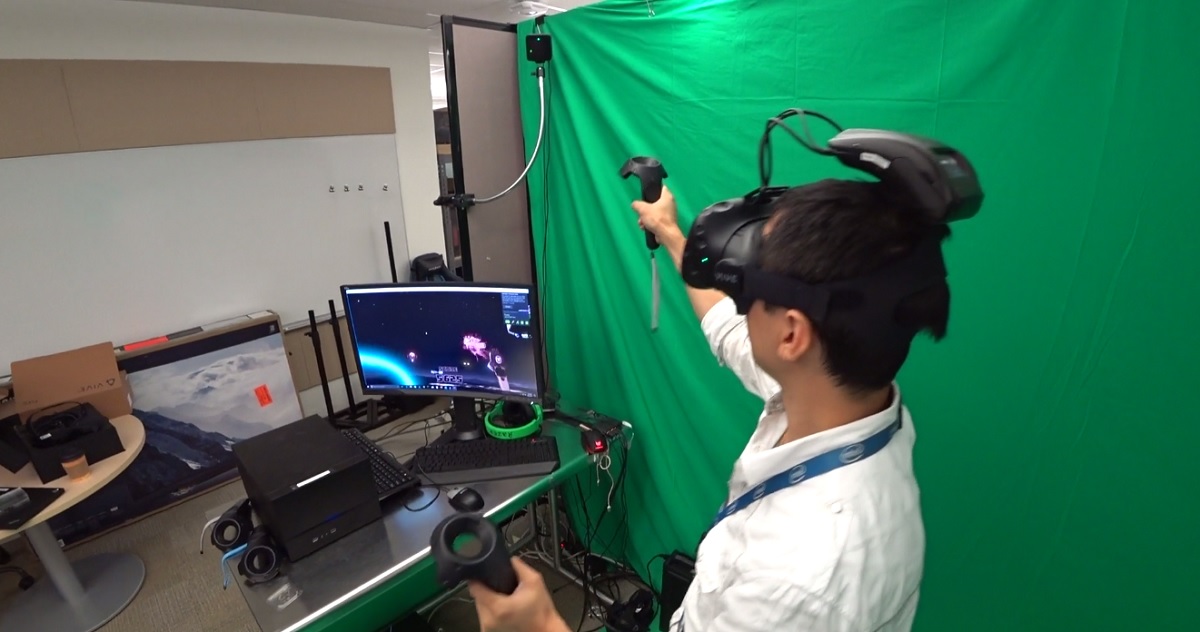Intel recently hosted a 100-year-old man at its virtual reality lab in Hillsboro, Oregon. Lyle Becker was a big fan of the VR flight simulator, which reminded him of the planes that he flew in World War II. That kind of first-time experience evokes a sense of wonder at the immersiveness of VR, and that’s why Kim Pallister, director of VR excellence at Intel, believes so much that VR will be a transformative medium.
While VR is off to a slow start, Pallister believes that it will catch on in the long run. Intel recently pivoted away from a tech demo that it called Project Alloy, a stand-alone VR headset, to something entirely different. The first generation of VR headsets, such as the Oculus Rift and the HTC Vive, are connected to powerful personal computers via wires. Everybody wants those wires to go away, but how you tackle the issue matters.

Unlock premium content and VIP community perks with GB M A X!
Join now to enjoy our free and premium membership perks.
![]()

![]()